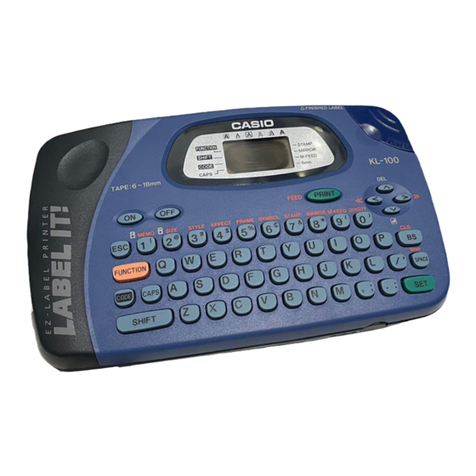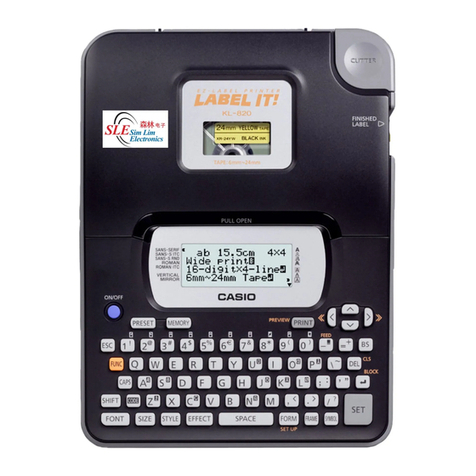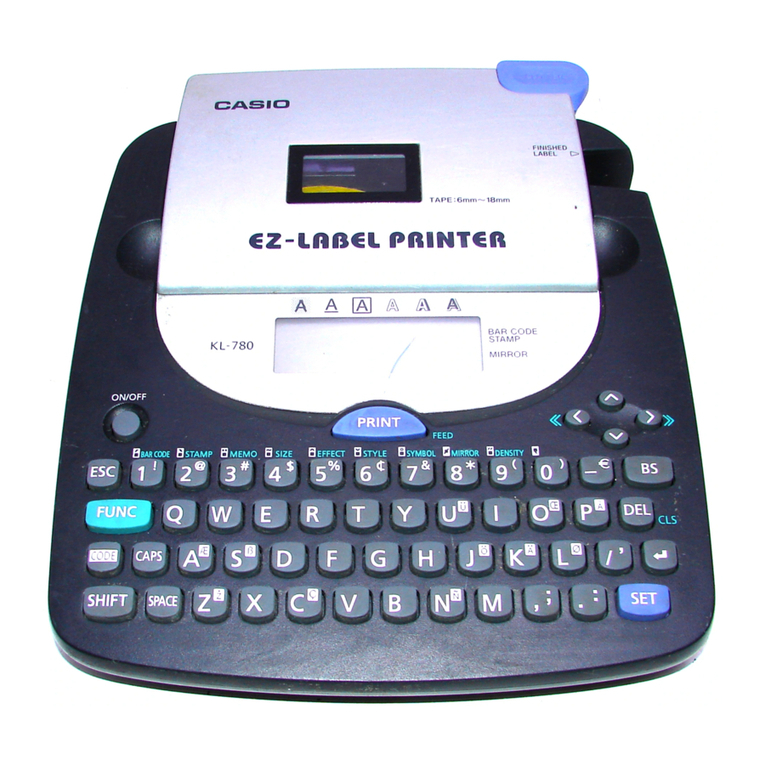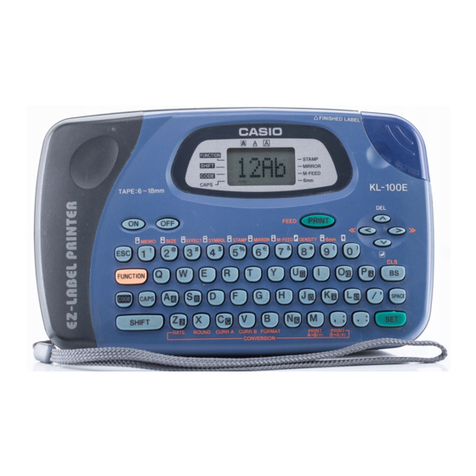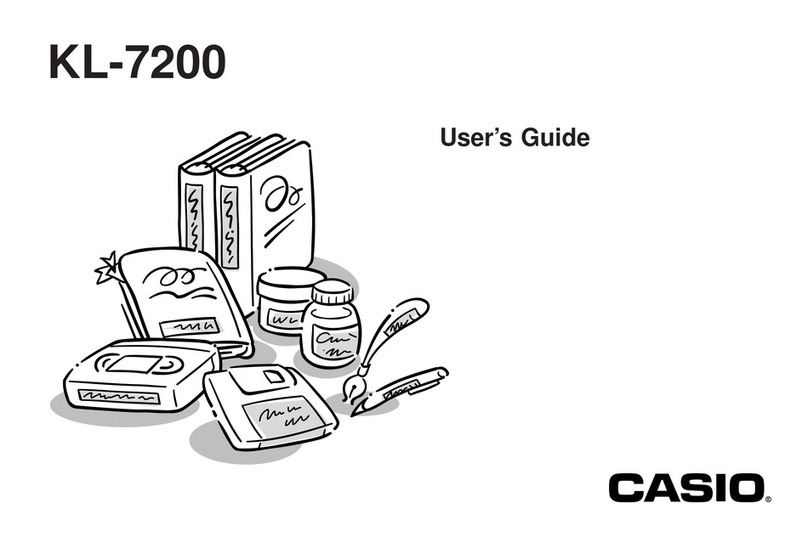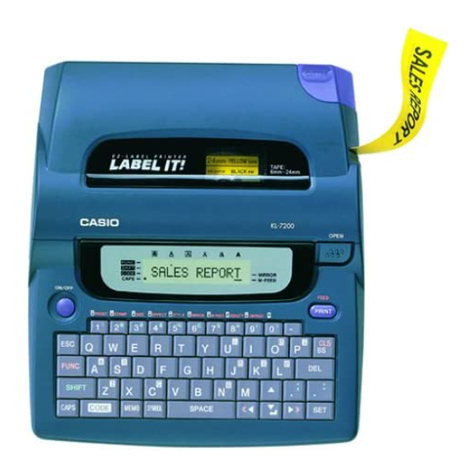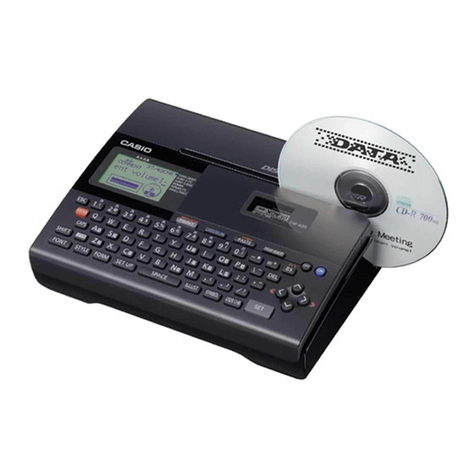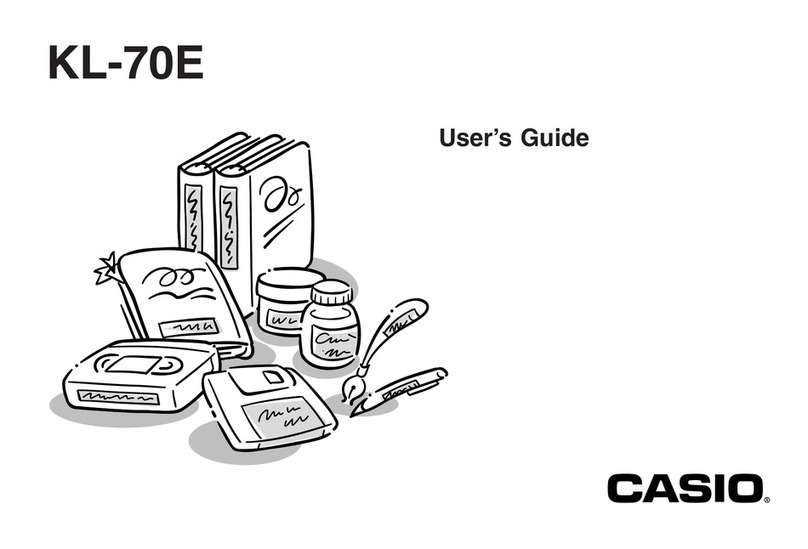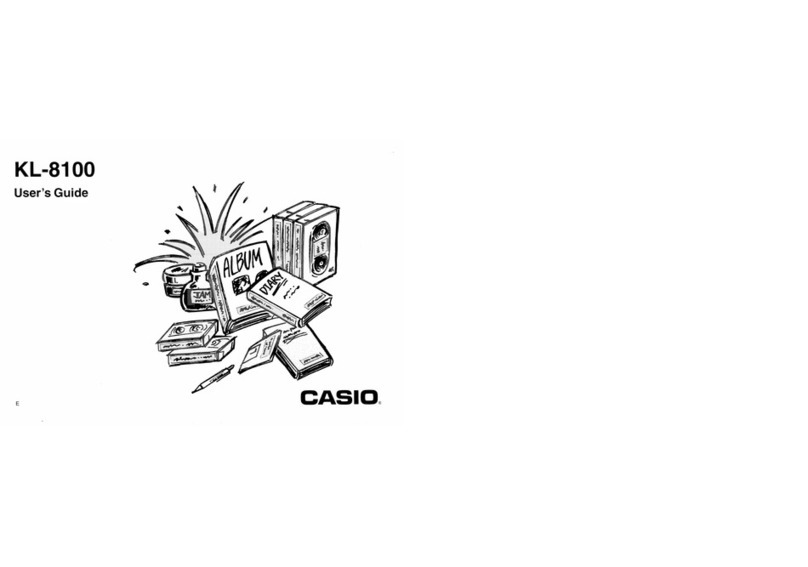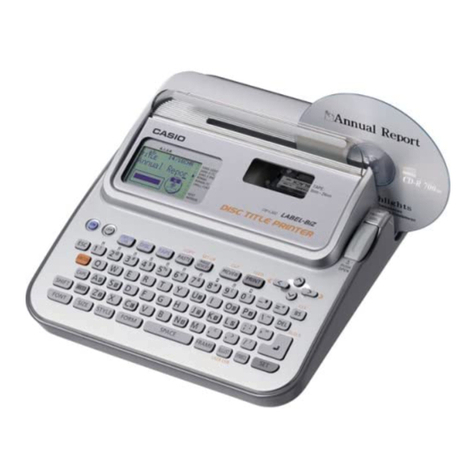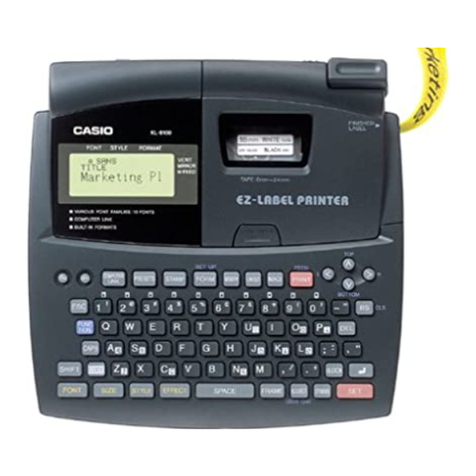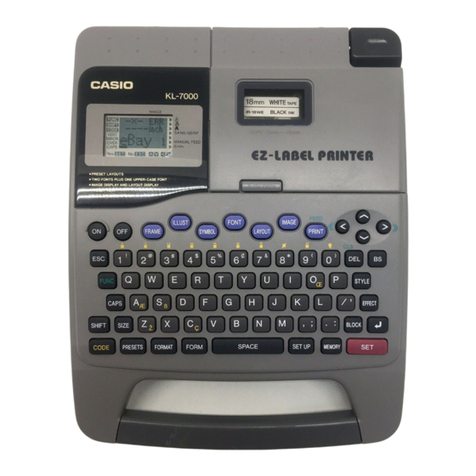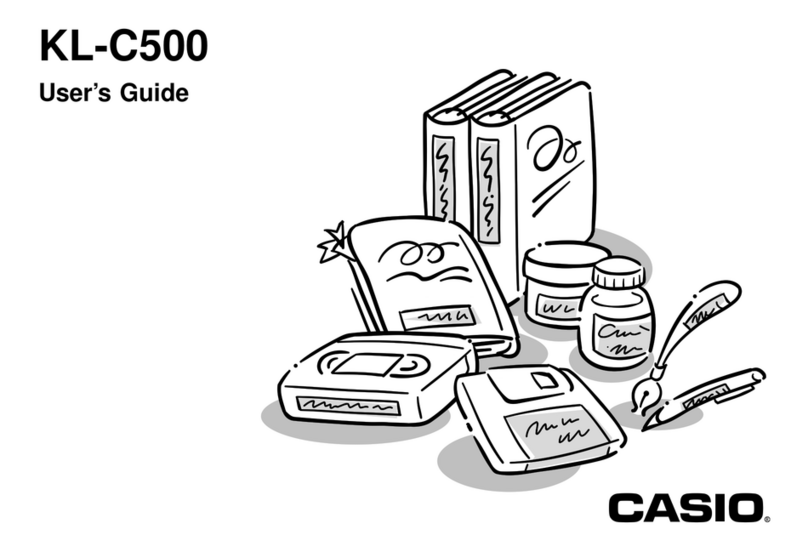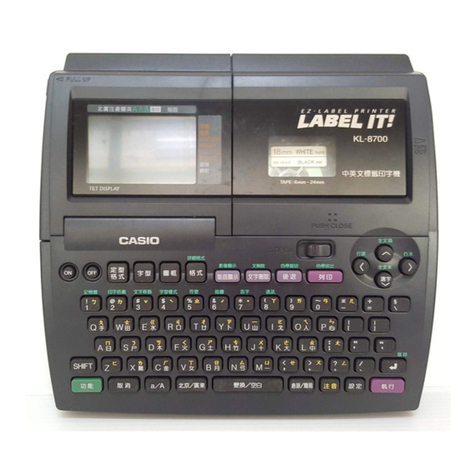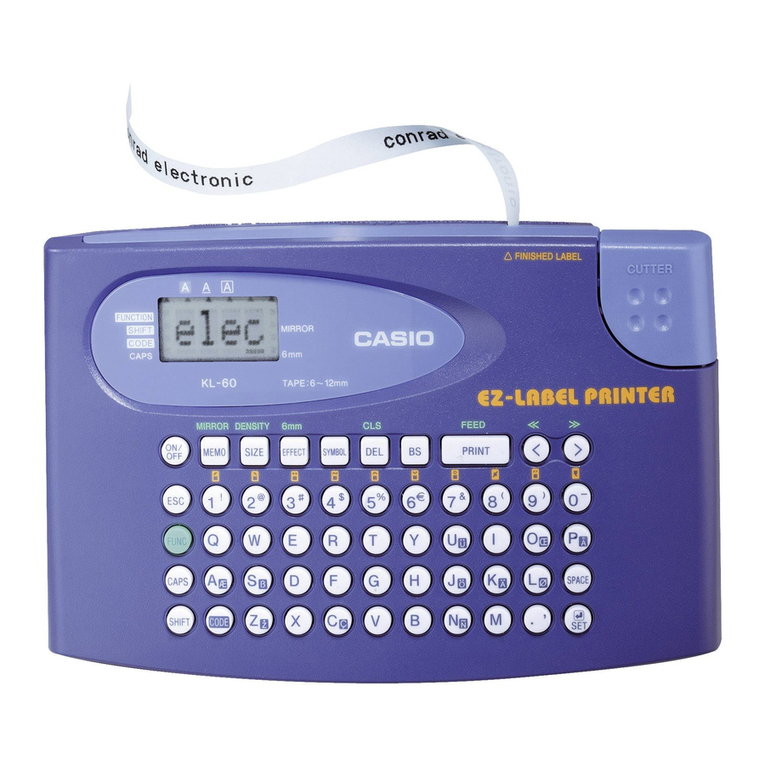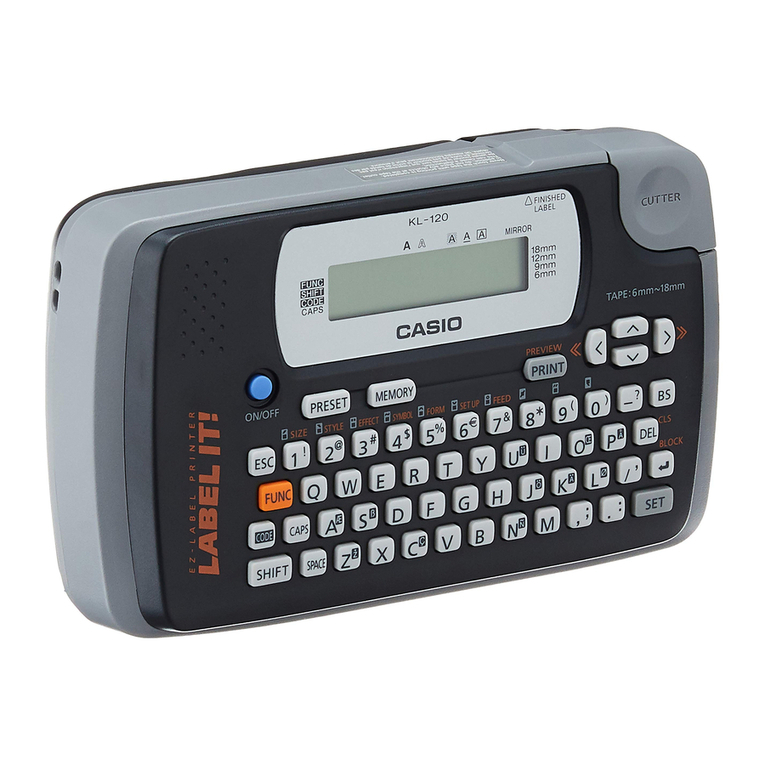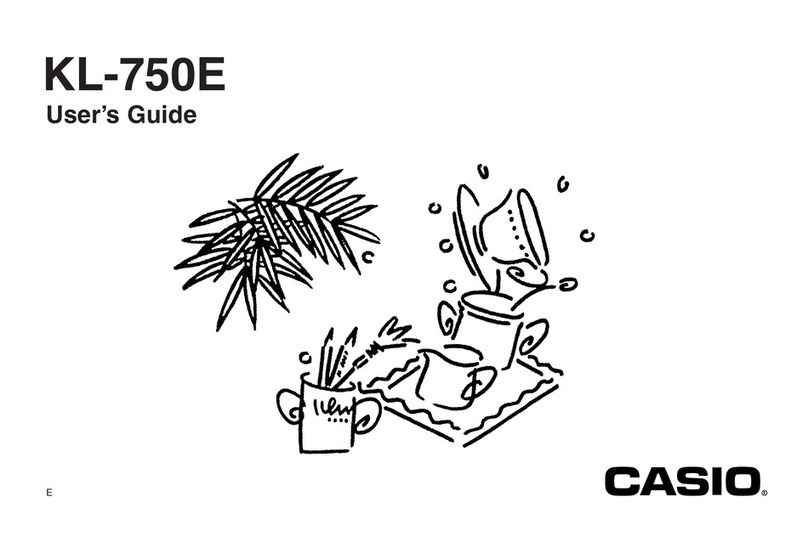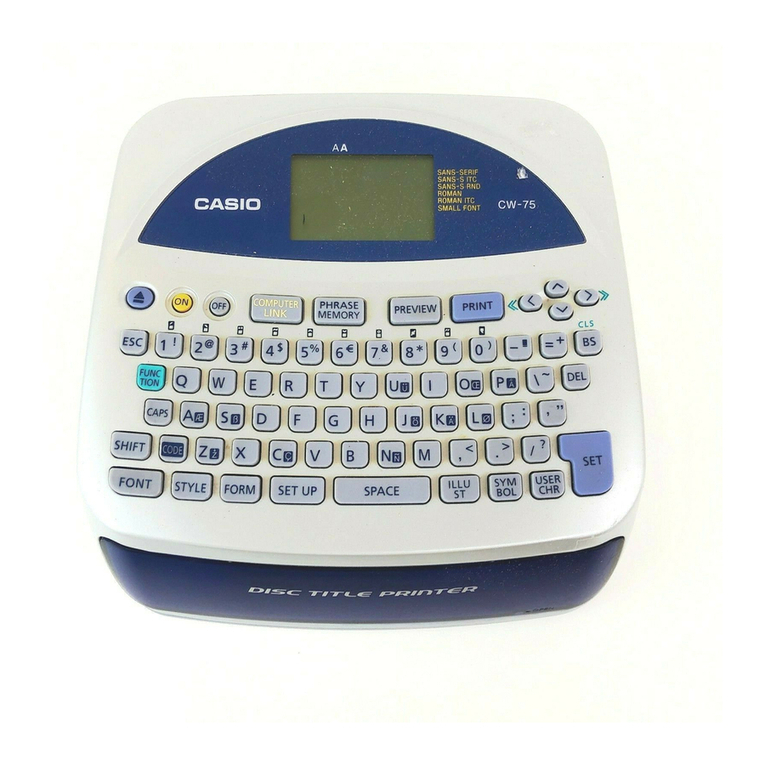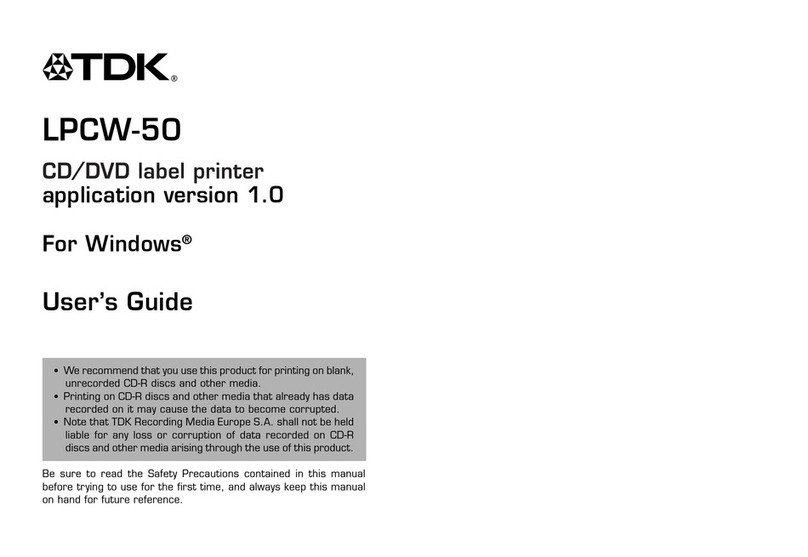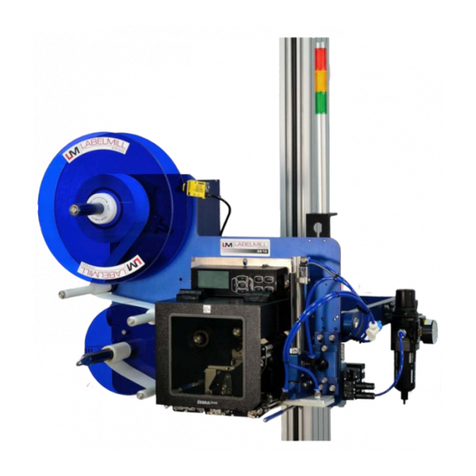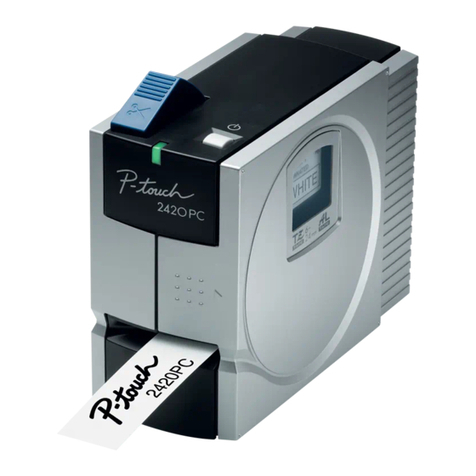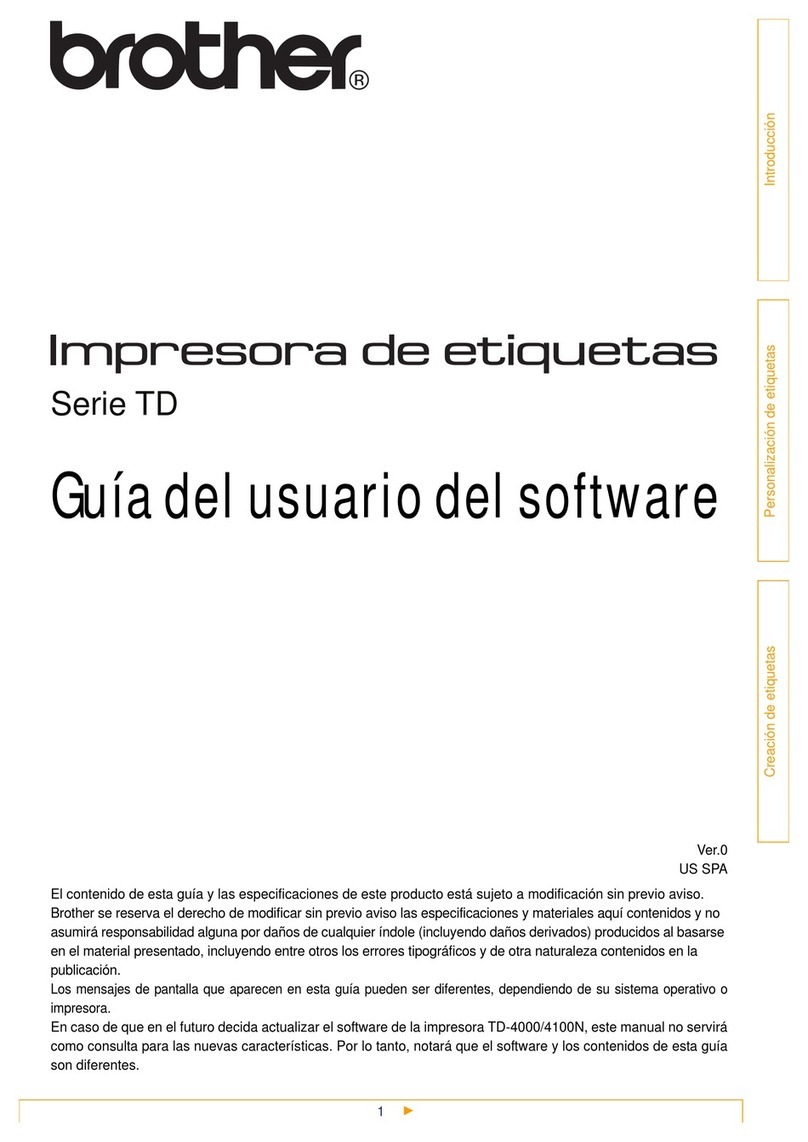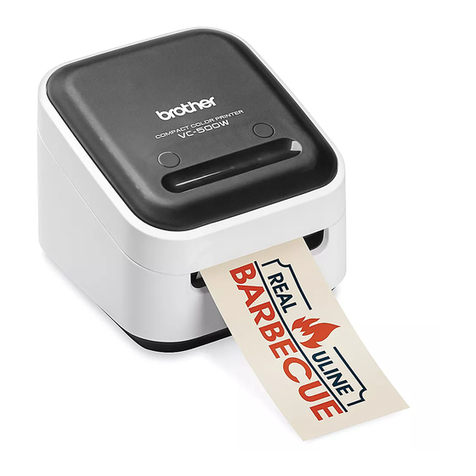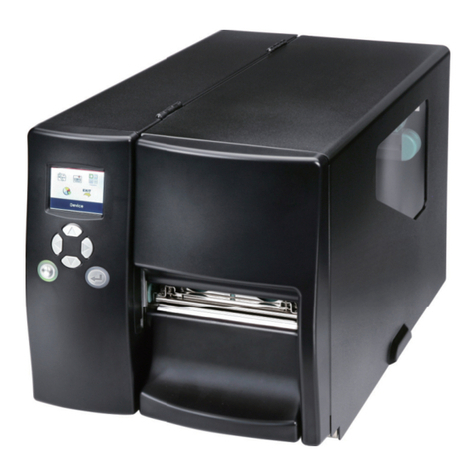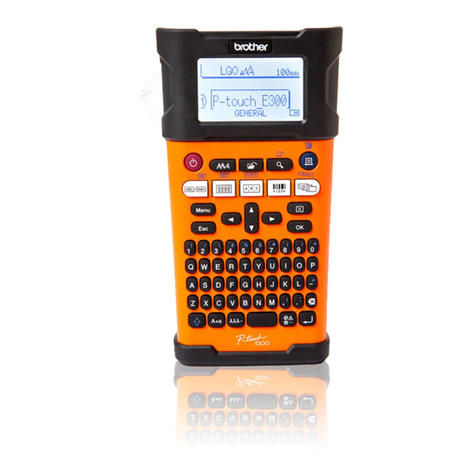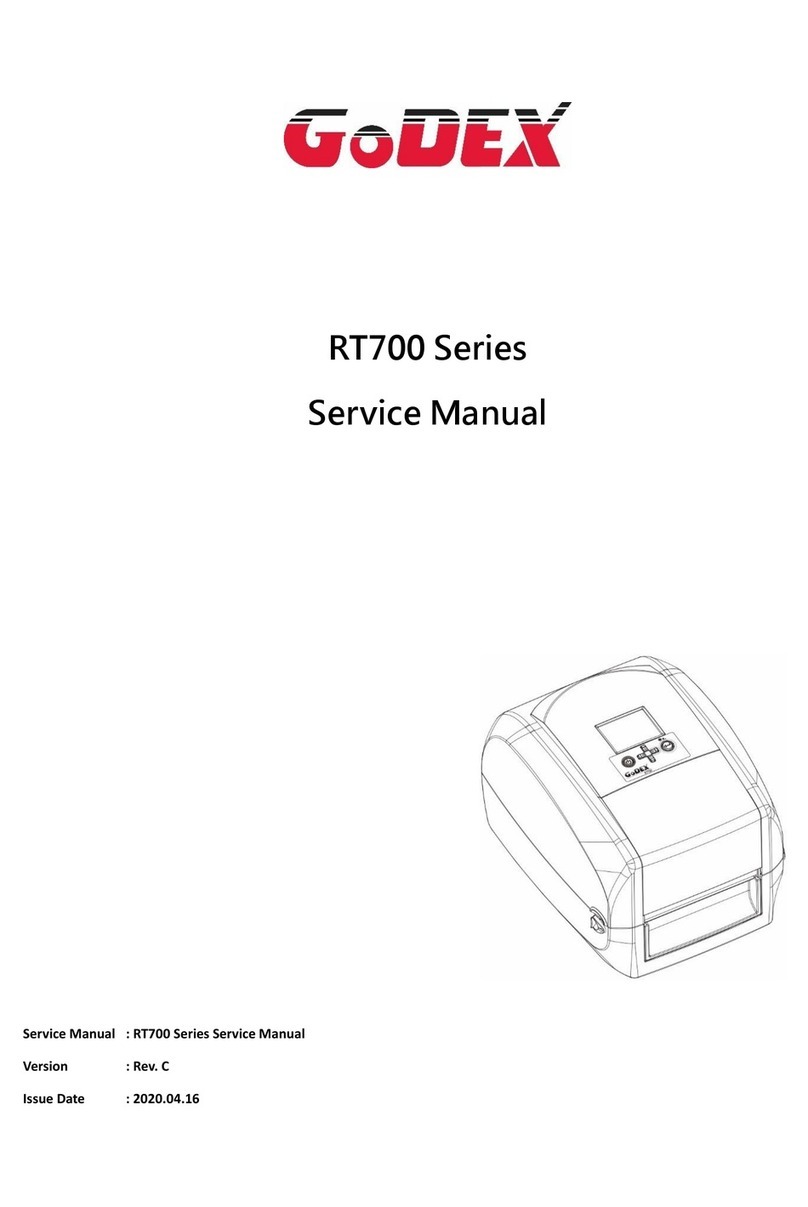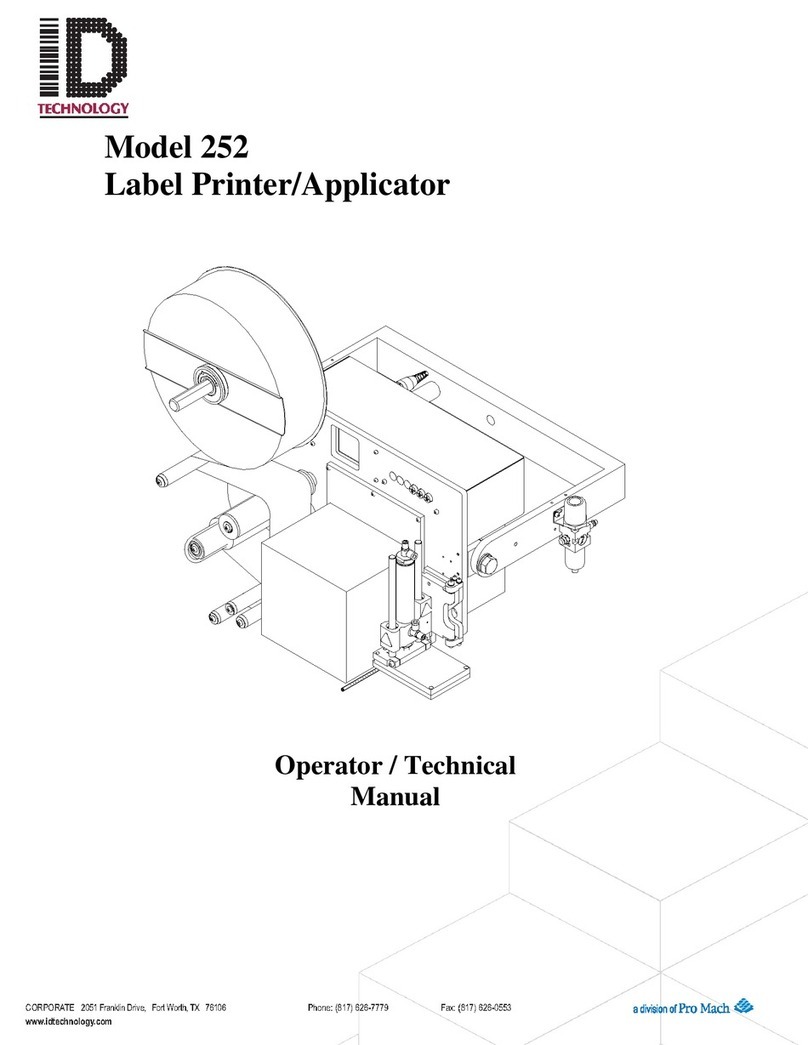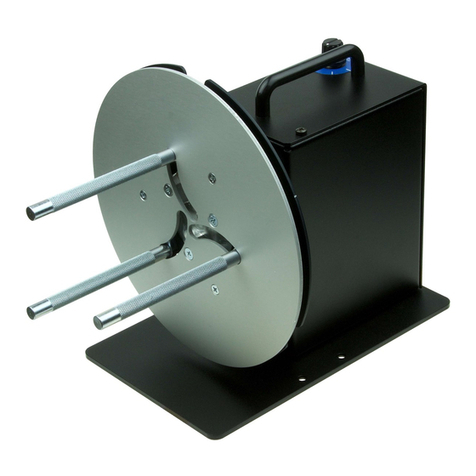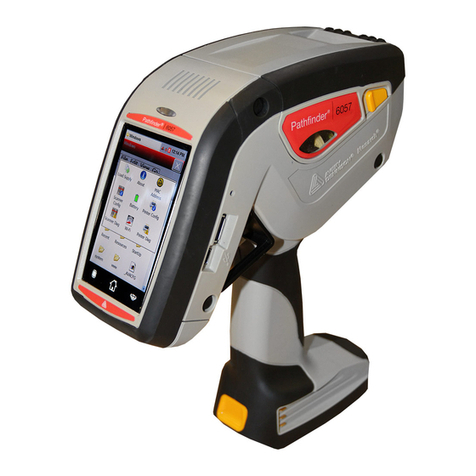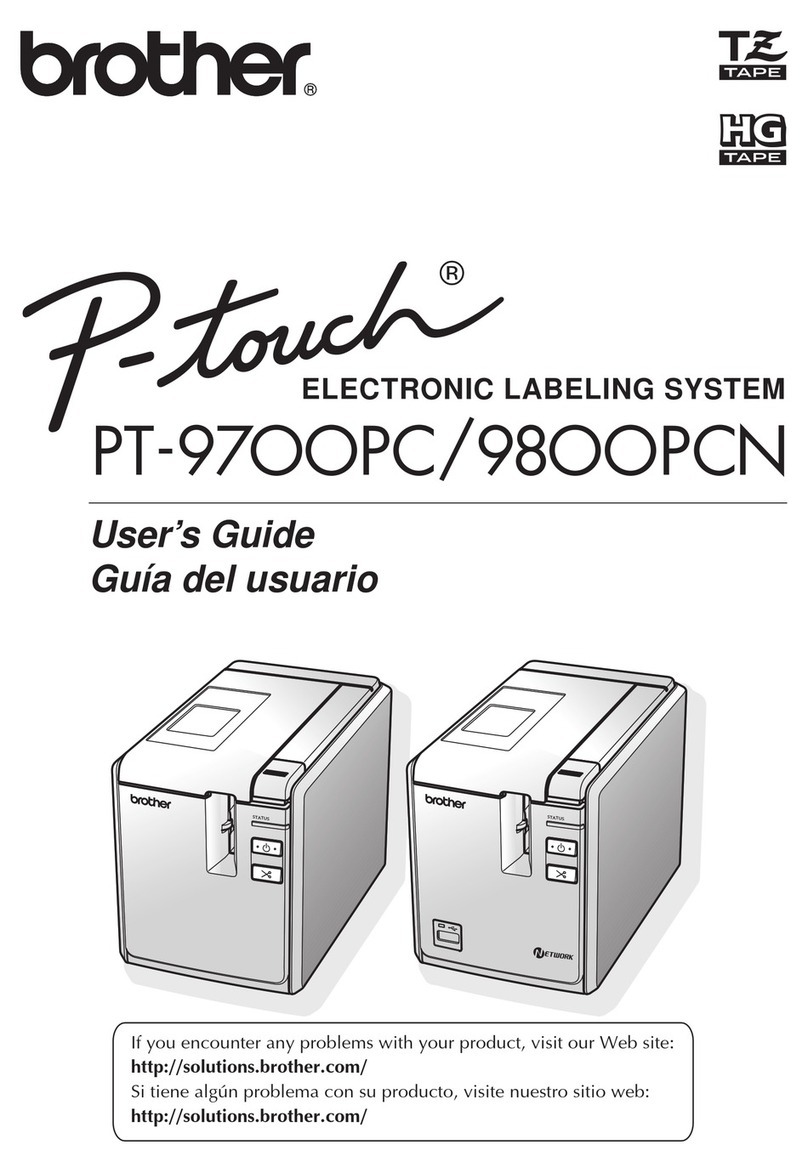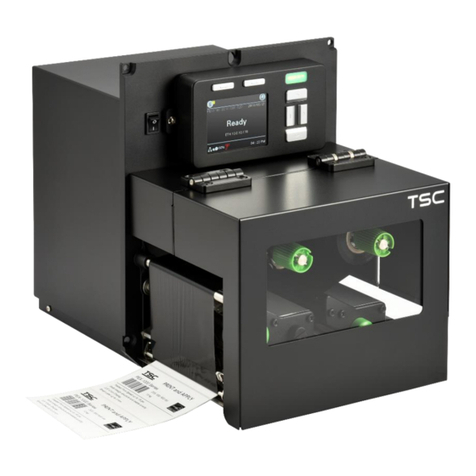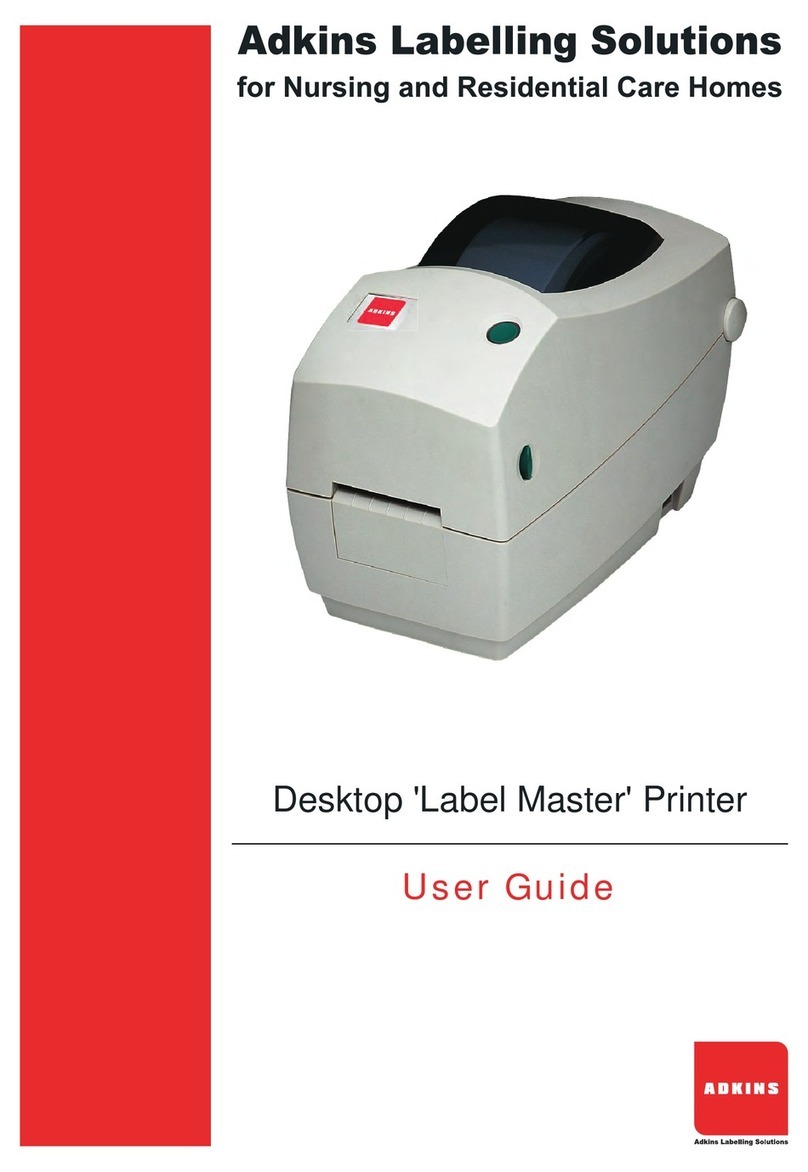
CONTENTS
1. SPECIFICATIONS ..................................................................................................................... 1
2. CLEANING THE PRINTER........................................................................................................1
3. BLOCK DIAGRAM .................................................................................................................... 2
4. SCHEMATIC DIAGRAMS
4-1. Wiring Diagram.................................................................................................................. 3
4-2. Main PCB Z568-1 (1/2).......................................................................................................4
4-3. Main PCB Z568-1 (2/2).......................................................................................................5
4-4. Power PCB Z568-S1 ..........................................................................................................6
4-5. Sensor PCB Z568-2 ...........................................................................................................7
4-6. Cam sensor PCB Z568-S2 ................................................................................................8
4-7. Paper, Ribbon & Jam sensor PCB Z568-S3 ....................................................................8
4-8. Key Matrix Z568-E4 ...........................................................................................................8
5. CIRCUIT EXPLANATION
5-1. LSI PIN FUNCTION ............................................................................................................9
5-2. CIRCUIT EXPLANATION ................................................................................................. 11
6. SETTING THE THERMAL HEAD ............................................................................................12
7. SENSOR POSITION, PRINTING SPECIFICATION & OPERATION CHECK ........................ 14
7-1. SENSOR POSITION ......................................................................................................... 15
7-2. PRINTING SPECIFICATION.............................................................................................15
7-3. OPERATION CHECK .......................................................................................................17
8. TROUBLE SHOOTING............................................................................................................ 21
9. DISASSEMBLY........................................................................................................................ 25
10. PARTS LIST
10-1. Z568-1 ASS'Y, COMPONENTS & OTHERS...................................................................27
10-2. PRINTER UNIT ............................................................................................................... 31
10-3. CHASSIS UNIT............................................................................................................... 34
10-4. CHASSIS ASS'Y............................................................................................................. 37
10-5. HEAD HOLDER ASS'Y ..................................................................................................40
10-6. PLATEN ASS'Y .............................................................................................................. 43
10-7. CASSETTE CASE ASS'Y...............................................................................................45
10-8. MOTOR CHASSIS ASS'Y ..............................................................................................47
11. EXPLODED VIEW & DISASSEMBLY VIEW
11-1. EXPLODED VIEW (Z568-1 ASS'Y & COMPONENTS) ................................................. 30
11-2. DISASSEMBLY VIEW (PRINTER UNIT) ........................................................................32
11-3. DISASSEMBLY VIEW (CHASSIS UNIT)........................................................................35
11-4. DISASSEMBLY VIEW (CHASSIS ASS'Y)......................................................................38
11-5. DISASSEMBLY VIEW (HEAD HOLDER ASS'Y)............................................................41
11-6. DISASSEMBLY VIEW (PLATEN ASS'Y)........................................................................44
11-7. DISASSEMBLY VIEW (CASSETTE CASE ASS'Y)........................................................46
11-8. DISASSEMBLY VIEW (MOTOR CHASSIS ASS'Y)........................................................48
